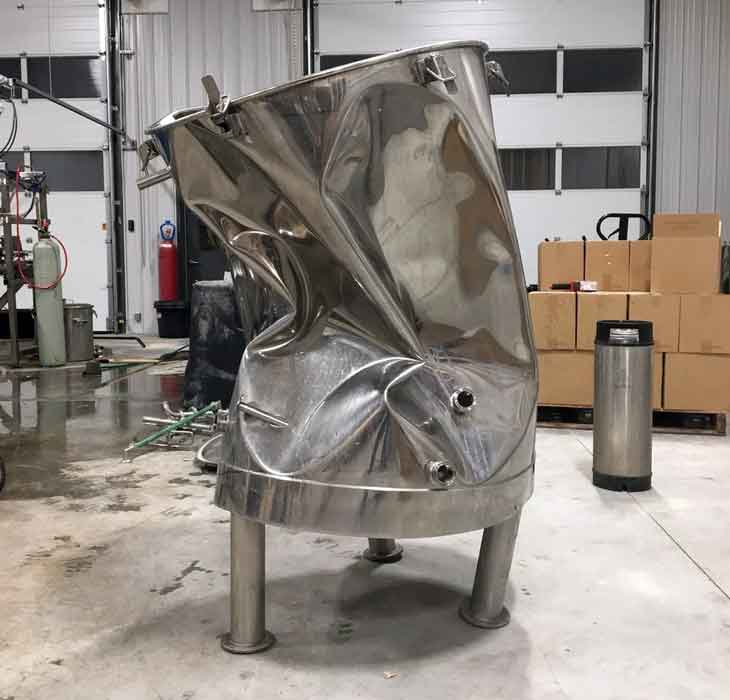Cold crashing in a closed container will indeed reduce the pressure inside. This is partly due to lower temperatures decreasing the pressure, but mostly by the beer (or water, etc.) absorbing more CO2 at lower temps until a new pressure equilibrium has been formed between dissolved gas (in the liquid) and free gas in the headspace at the prevailing temps.I have been assuming that the crash will reduce inner keg pressure to below outside pressure. As Doug says, that cold beer will suck in a lot of co2.
You could calculate (or just estimate) how much CO2 will be dissolved in the beer and how much will remain as gas in the entire 2-keg system.I make three gallon batches in five gallon cornies. So combined headspace would be seven gallons. With a bit of a co2 bump, that there would lots of gas volume to balance out the cold shrinkage. I would be using my dispensing keg as a Cold Crash Guardian. Maybe the inner pressure would be a touch below outer pressure, but it would be much less strain on the keg than what I am doing now.
Since you only have 3 gallons in a 5 gallon keg (having an actual volume of about 5.25 gallons), you should be able to use only the single keg, with ~12 psi of pressure in the ~2.25 gallon of headspace, keeping it from potentially imploding (or sucking air).
The 12 psi of pressure will carbonate your beer a little, so when transferring to your serving keg put a similar amount of (counter)pressure in it and slowly bleed it off while transferring (filling) to prevent excessive foaming.











![Craft A Brew - Safale BE-256 Yeast - Fermentis - Belgian Ale Dry Yeast - For Belgian & Strong Ales - Ingredients for Home Brewing - Beer Making Supplies - [3 Pack]](https://m.media-amazon.com/images/I/51bcKEwQmWL._SL500_.jpg)







































